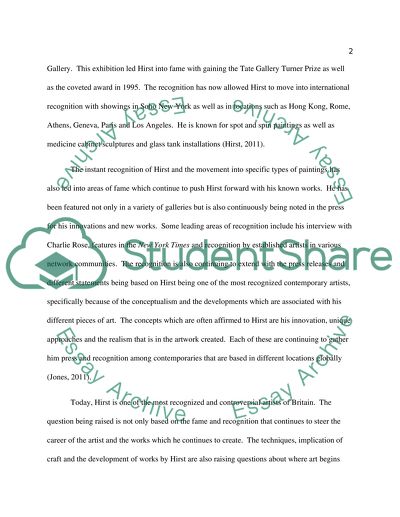Cite this document
(“Fine art in the age of mass media Essay Example | Topics and Well Written Essays - 2500 words”, n.d.)
Retrieved from https://studentshare.org/visual-arts-film-studies/1393393-fine-art-in-the-age-of-mass-media
Retrieved from https://studentshare.org/visual-arts-film-studies/1393393-fine-art-in-the-age-of-mass-media
(Fine Art in the Age of Mass Media Essay Example | Topics and Well Written Essays - 2500 Words)
https://studentshare.org/visual-arts-film-studies/1393393-fine-art-in-the-age-of-mass-media.
https://studentshare.org/visual-arts-film-studies/1393393-fine-art-in-the-age-of-mass-media.
“Fine Art in the Age of Mass Media Essay Example | Topics and Well Written Essays - 2500 Words”, n.d. https://studentshare.org/visual-arts-film-studies/1393393-fine-art-in-the-age-of-mass-media.


